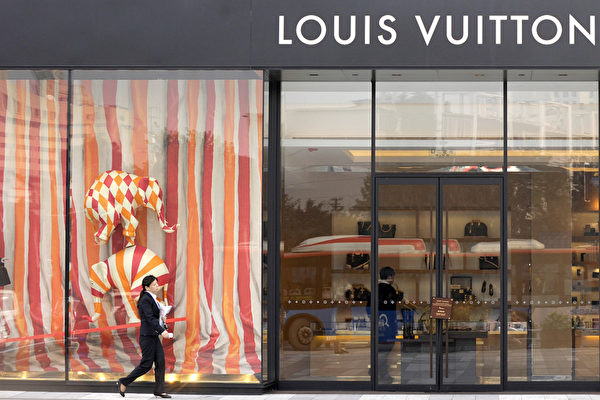Bain consultancy released a luxury goods report on Tuesday, June 18th, indicating that China’s wealthiest individuals are avoiding flaunting their wealth and opting for a more understated fashion trend. The report predicts that the global luxury goods market is experiencing its weakest state since the peak of the pandemic.
According to Reuters, Bain’s biennial luxury goods report forecasts that the year-on-year growth in global sales of high-end personal goods, including clothing, accessories, and beauty products, will be between 0 and 4% this year. This is the weakest sales growth since the sharp decline in sales during the COVID-19 pandemic in 2020.
In recent years, the economic uncertainty in China has put pressure on middle-class shoppers and made those who can still afford luxury goods more cautious about flaunting their wealth.
“For the first time in history, we are seeing what we call luxury shame in China,” Federica Levato, a partner at Bain, told Reuters.
In an environment of high unemployment, social crises, and economic turmoil, affluent Chinese individuals have shifted their consumption outside the mainland.
“It’s evident that the market is in a period of stagnation. After two and a half years of growth, personal luxury goods are now showing signs of weakness,” Levato said.
She mentioned that shoppers are no longer flocking to malls but opting for private appointments, choosing a more discreet and cautious fashion style rather than flashy and gaudy products. She also predicted that this trend closely related to specific economic conditions may not persist.
Germany’s Beiersdorf group stated on Tuesday that despite its La Prairie face cream, priced at hundreds of dollars per bottle, gaining market share, the company is facing a “significant decline” in the Chinese luxury skincare market this year.
Bain’s report is likely to exacerbate investors’ concerns about the lack of rebound in demand for luxury goods in China. This concern has already affected the stock prices of LVMH and Kering, the owners of Gucci, over the past year.
Bain noted that soaring luxury prices are causing some shoppers to hesitate and may force major brands to reconsider their pricing strategies and broader product supply.
Earlier this year, Chanel’s classic medium flap bag surpassed the €10,000 ($10,712) threshold for the first time in Paris, momentarily becoming a media focal point. The luxury brand warned last month that the situation was becoming more challenging after observing a weakening in demand frenzy during and after the pandemic.

